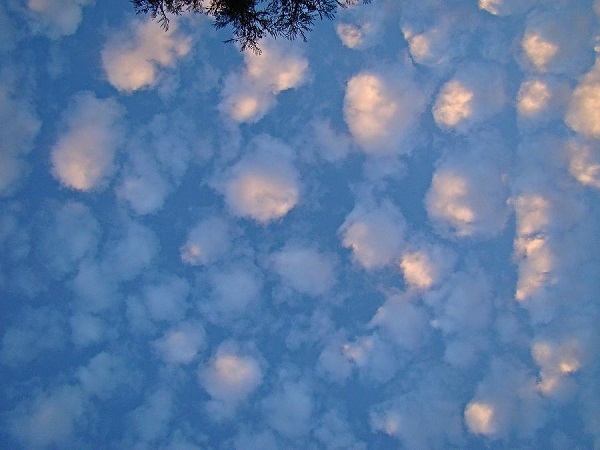FWP:
SETS = A,B; DOUBLE ACTIVATION; SYMMETRY
SPRINGTIME: {13,2}
WINE: {49,1}
From the first line we learn that something as yet unspecified is necessary for the 'blooming of the roses of enjoyment/luxury'. Already we have a clever merging of domains, for the 'blooming of the roses' suggests the garden, the springtime, the natural pleasures and beauties of the season; while 'enjoyment/luxury' [ʿaish] suggests the pleasures of civilization, and especially the more decadent ones: wine, women, song, sensuousness, sensuality, gracious living, luxury of every kind. In which direction will the second line take us?
Then the second line takes us in both directions at once, in a slightly unusual example of what I call 'symmetry'. Let me offer a similar case, from Fitzgerald's 'Rubaiyat', stanza 72:
And that inverted Bowl they call the Sky,
Whereunder crawling coop'd we live and die,
Lift not your hands to it for help--for it
As impotently moves as you or I.
In Fitzgerald's first line is a restrictive clause: the 'inverted Bowl' is strongly identified with the sky. The speaker might be talking about the sky, and viewing it as a (so-called) inverted bowl; or he might be talking about an inverted bowl, and viewing it as the (so-called) sky. An 'A called B' can thus be taken as a more complex form of 'A=B', and thus is in effect reciprocally construable as 'B=A'.
Similarly in the present verse, if we read the second line as referring to 'the dawn of spring that they would call cotton of the decanter', we see the same kind of restrictive identification: the speaker might really be talking about the 'dawn of spring', and viewing it as (metaphorical) 'cotton of the decanter'; or he might be really talking about 'cotton of the decanter', and viewing it is as a (metaphorical) 'dawn of spring'. (In this context, consider also the 'ant's-egg = sky' in {138,1}.)
(If we read the second line as containing an unrestrictive clause, we have 'the dawn of spring, which they would call cotton of the decanter'. On this narrower reading, the speaker is really talking about the dawn of spring, and he's describing it only metaphorically as 'cotton of the decanter'.)
So the thing required for the blooming of the roses of enjoyment in the first line, turns out in the second line to be either (a) the dawn of spring; or (b) the cotton of the decanter. If we adopt the first reading, we have the idea both of the dawn of day, and of the 'dawn' or arrival of the springtime. In either case, the basic image is that the sight of the the first 'crack' of dawn against the dark horizon is like the sight of white fibers of cotton stretched out for spinning. For a similar usage, compare {87,4}; and on the 'crack of dawn in general, see {67,1}. The white brightness against the dark is like hope, radiance, brilliant light, renewed life, etc. etc.-- all the metaphors of white vs. black that we care to think of. The dawn of spring is what gives rise not only to roses, but also to all manner of human enjoyments and luxuries.
On the second reading, what's necessary is the 'cotton of the decanter'. As Bekhud Mohani explains, this can be understood as some kind of a cork or stopper-- made, apparently, of cotton-- that keeps the wine protected in the decanter until it's needed. For a similar 'cottonball' usage, see the earplug example in {199,3}. In this case, the image of the thin, linear, white 'crack of dawn' described above seems a bit less appropriate; it can rest only on color (whiteness) and on contrast (the white cotton against the darkness of night or wine).
And here's where the 'doubly activated' richness of mīnā (see the definition above) comes in as well. For mīnā doesn't have to be read as 'decanter' (a term I've been using for the sake of simplicity)--the verse could be invoking the 'cotton of the sky/heaven' (an appropriate depiction of the glory of a supernaturally radiant spring dawn), or a 'cotton of azure/lapis/enamel'-- no mere plain white line, but a display of brilliantly colored gems, a show of human artifice, an esthetically (and morally?) complex setting for the 'enjoyment/luxury' [ʿaish] of the first line.
Other punbah-e mīnā verses: {383x,6}; {420x,1}.

Nazm:
From the rising of the dawn of springtime, the flowers bloom; but the flowers of luxury and enjoyment bloom in a whiteness of dawn that is the whiteness of the 'cotton of the decanter'. (258-59)
== Nazm page 258; Nazm page 259